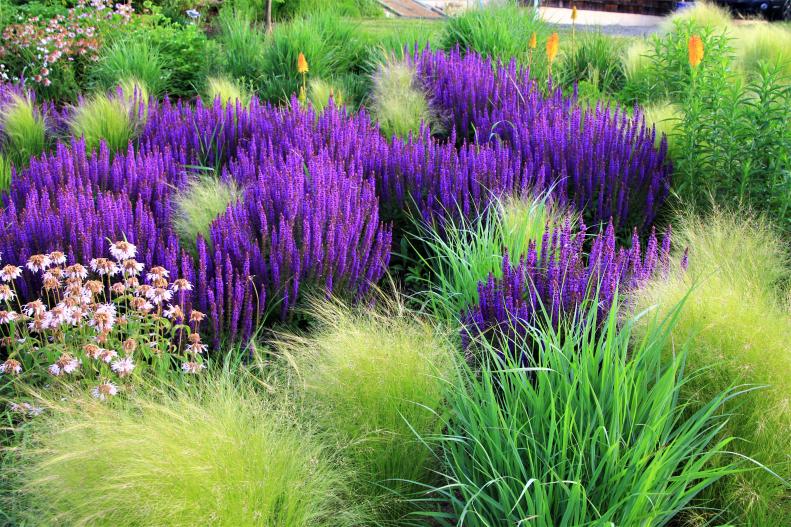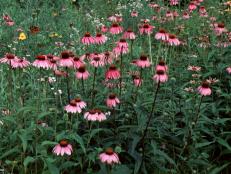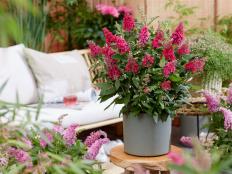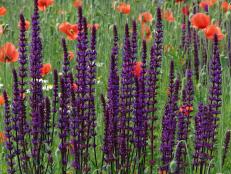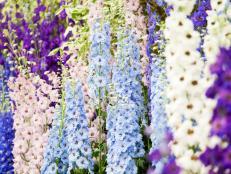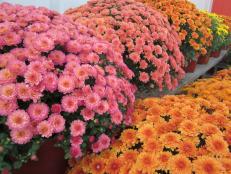1 / 14
Photo: Donald Pell.
From:
Donald Pell Gardens.
The Color of Royalty
If you’re looking for plants with purple flowers, you're in luck, there are a range of colors and types to choose from. For plants that come back year after year with little help from you, go with perennials. You can find varieties that grow in full sun, partial sun or shade, so there’s a plant for any spot in your yard.






